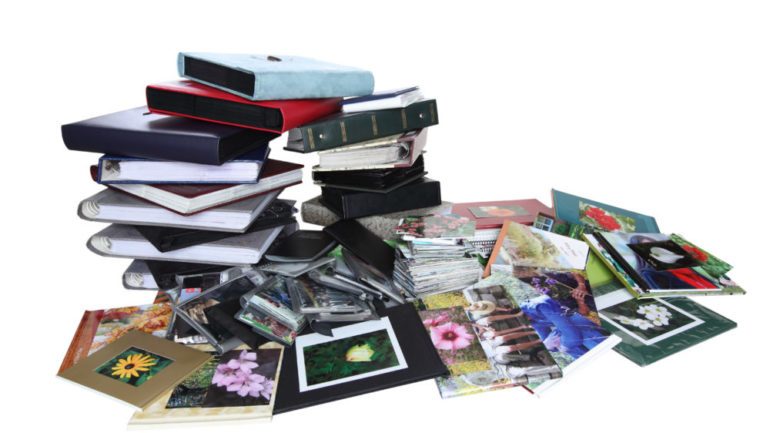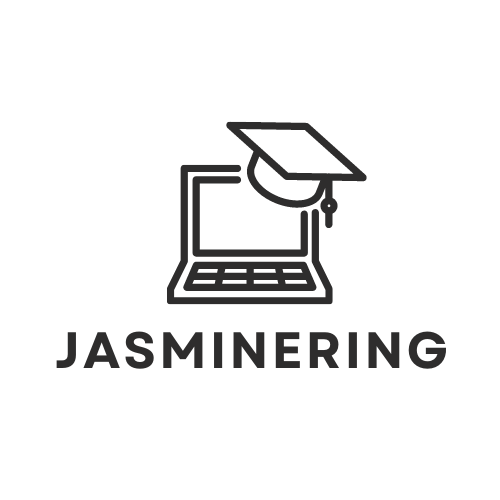Uncategorized
The Complete Guide to Office Stationery: Essential Paper Products for Productivity and Organization
The Complete Guide to Office Stationery: Essential Paper Products for Productivity and Organization
In the bustling hub of any office, amidst the hum of productivity and the click of keyboards, lies a silent yet indispensable hero: office stationery. From the humble pen to the trusty stapler, these tools form the backbone of organization, communication, and creativity in the workplace. In this blog, we embark on a journey through the realm of office stationery, exploring its myriad forms, functions, and the profound impact it has on office dynamics and productivity.
The Essence of Office Stationery
Office stationery is more than just pens and paper; it’s a symbol of professionalism, creativity, and organization. From jotting down crucial meeting notes to presenting polished proposals, the right stationery elevates mundane tasks to moments of brilliance. It encompasses a diverse array of tools, each with its own unique purpose and significance. Whether one is in the office or still working from home, there is a need for an organized table with some office supplies. One can put motivational thoughts on a piece of paper or write down one’s schedule on a piece of paper using this stationery.
Importance of Office Stationery in Corporate Culture
There are many aspects of business that still benefit from the tangible and tactile nature of office stationery, and thus it remains relevant in the corporate world. Although digital tools and workflows have been embraced by businesses, there is still demand for office stationery.
- Corporate Image:
Office stationery plays a major role in reinforcing brand identity and corporate image. The office stationery used by a business, such as letterheads and business cards, speaks volumes about it and represents the brand, leaving a lasting impression on clients, partners, and employees. - Effective Learning and Retention:
Stationery remains indispensable in educational and training contexts in offices. Whether taking notes during a lecture, highlighting ‘important’ points in a textbook, or solving complex problems on paper, physically engaging with information can improve retention and learning.
- Pens: Pens are arguably the most fundamental tool in office stationery. They are used for writing, signing documents, and even drawing. Various types of pens, such as ballpoint, gel, and fountain pens, cater to different preferences and needs. Ballpoint pens are known for their reliability and long-lasting ink, making them ideal for everyday use. Gel pens offer smooth writing and vibrant colors, which are great for detailed work. Fountain pens, on the other hand, provide a classic writing experience and are often favored for their elegance and durability.
- Pencils: Pencils are indispensable for drafting, sketching, and any tasks that require erasable marks. They are particularly useful in creative and design professions. Mechanical pencils are preferred for their precision and convenience, as they do not need sharpening and provide a consistent line thickness.

Paper Products
- Notebooks and Notepads: These are essential for note-taking, brainstorming sessions, and organizing thoughts. They come in various sizes and formats, including lined, grid, and blank pages, to suit different needs. Notebooks with spiral binding are particularly handy as they can lay flat and are easy to flip through.
- Sticky Notes: Sticky notes are perfect for jotting down reminders, quick notes, and organizing tasks. Their adhesive backing allows them to be placed on various surfaces, making them versatile and convenient. They are often used for leaving messages, marking important pages, and creating visual task boards.
Organizational Tools
- Folders and Binders: These tools are crucial for storing and organizing documents. Folders help keep papers sorted and protected, while binders offer a more robust solution for managing large volumes of documents. Binders with dividers can be particularly useful for organizing documents by category or project.
- File Dividers: Used within folders and binders, file dividers help categorize and separate documents, making retrieval easier and more efficient. They come in various colors and tab styles to enhance organization.
Accessories
- Staplers and Paper Clips: These are used for binding documents together. Staplers provide a permanent solution, while paper clips allow for temporary grouping and easy removal. Both are essential for keeping paperwork organized and intact.
- Tape and Adhesives: Tape and adhesives are used for repairs, mounting documents, and various other tasks. Different types include clear tape, masking tape, and glue sticks, each serving specific purposes in office tasks.
Choosing the Right Office Stationery
Selecting the right office stationery involves considering several factors to ensure it meets the specific needs of the individual or organization. Here are some key considerations:
- Quality: Investing in high-quality stationery can improve efficiency and satisfaction. High-quality pens, for example, write smoothly and last longer, reducing the frequency of replacements. Similarly, durable paper products can withstand regular use without tearing or wearing out.
- Functionality: The functionality of stationery items is paramount. For instance, if precision is needed in writing, fine-tip pens or mechanical pencils would be more suitable. For extensive note-taking, larger notepads or notebooks with ample pages are ideal.
- Aesthetics: Stationery can also reflect personal or corporate style. Choosing designs and colors that enhance the office environment and align with the brand image can create a cohesive and professional look. Personalized stationery, such as branded letterheads and business cards, reinforces corporate identity.
The Impact of Office Stationery on Productivity
The right office stationery can significantly enhance productivity and morale in the workplace. Here’s how:
- Efficiency: Having the right tools readily available reduces time spent searching for supplies and enhances workflow. For example, having a well-organized desk with necessary stationery like pens, notepads, and sticky notes ensures that employees can quickly jot down ideas or information without interruption.
- Organization: Proper stationery helps keep the workspace tidy and documents orderly, facilitating better focus and task management. Organizational tools like folders, binders, and file dividers prevent clutter and make it easier to locate and retrieve documents.
- Creativity: Quality and aesthetically pleasing stationery can inspire creativity and make everyday tasks more enjoyable. Vibrant colored pens, stylish notebooks, and decorative sticky notes can add a touch of fun and creativity to routine tasks.
Sustainability in Office Stationery
As businesses become more environmentally conscious, the demand for sustainable office stationery has grown. Here are some ways to incorporate sustainability into office stationery choices:
- Recycled Materials: Opting for stationery made from recycled materials can significantly reduce the environmental impact. Many companies now offer notebooks, paper, and pens made from recycled content.
- Eco-friendly Products: Choosing products that are biodegradable or made from sustainable sources helps in reducing waste. Bamboo pens, for example, are a sustainable alternative to plastic pens.
- Reduce and Reuse: Encouraging the use of refillable pens and mechanical pencils can reduce waste. Additionally, using both sides of the paper and recycling old documents can minimize paper consumption.
Future Trends in Office Stationery
The office stationery market continues to evolve with advancements in technology and changing work environments. Here are some trends to watch:
- Smart Stationery: Integrating technology with traditional stationery, such as smart notebooks that can digitize handwritten notes, is becoming increasingly popular. These tools bridge the gap between digital and analog, providing the best of both worlds.
- Customization: Personalized stationery is on the rise, with businesses and individuals seeking unique, customized products that reflect their brand or personality. From custom logos on notebooks to personalized sticky notes, the options are vast.
- Minimalist Design: As the minimalist aesthetic gains popularity, there is a growing demand for simple, elegant, and functional stationery. Clean lines, neutral colors, and understated designs are favored for their professional and clutter-free look.

In conclusion, office stationery is an essential component of any productive and organized workspace. By carefully selecting and utilizing the right tools, businesses can enhance efficiency, organization, and overall workplace satisfaction. Whether it’s through choosing high-quality pens, sustainable products, or smart stationery, the impact of these seemingly small items can be profound, contributing significantly to the dynamics and productivity of the office.
Follow jasminering.net

